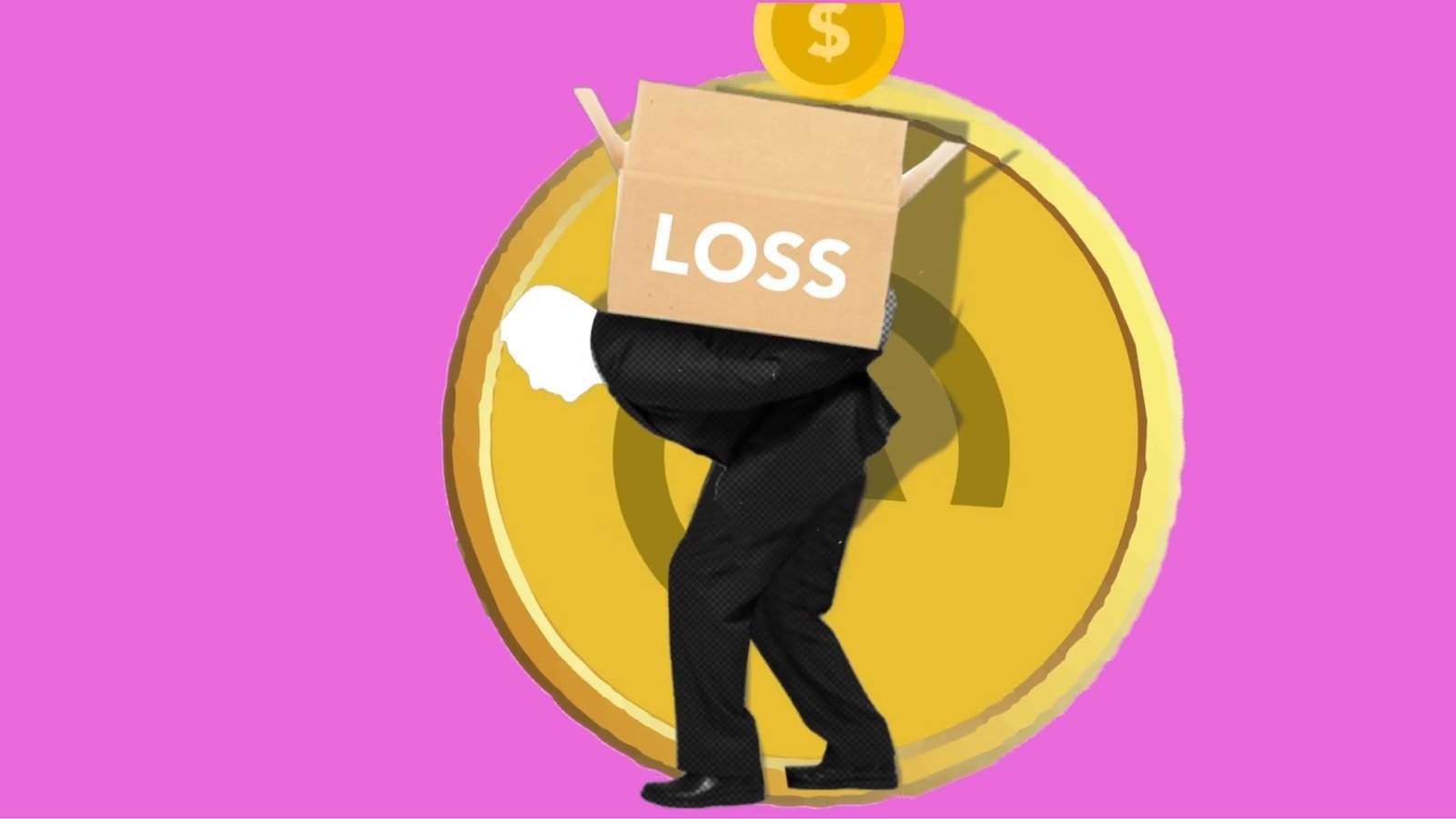China’s Economic Challenges: A Deep Dive into Debt and Potential Reforms
In late June, during a World Economic Forum (WEF) panel in China, economist Min Zhu, formerly associated with the International Monetary Fund (IMF) and the People’s Bank of China (PBOC), broached a perspective that resonated deeply with China-watchers. Zhu’s viewpoint wasn’t merely that of a casual commentator; it was one backed by experience, insight, and close proximity to the pulsating rhythms of the Chinese economy. To many, including seasoned analysts like me, his perspectives often provide invaluable foresight.
Zhu hinted at China’s lukewarm policy response to the post-Covid economic landscape. This observation has since been vindicated as China’s anticipated economic recovery has lost momentum. Observers had been expecting China’s government to counter this with another potent stimulus package, which has traditionally been Beijing’s playbook in such situations. However, policy announcements in mid-August painted a different picture.
The People’s Bank of China (PBOC), the China Securities Regulatory Commission (CSRC), and the State Council collectively refrained from introducing any aggressive stimulus. While the PBOC modestly adjusted short-term lending rates, the CSRC prioritized enhancing market functions like longer trading sessions and incentivizing stock buy-backs. Additionally, China’s State Council intervened in the real estate sector, which was grappling with prominent players like Country Garden facing liquidity issues and China Evergrande declaring bankruptcy in the US.
Given China’s historical penchant for preemptive policies to cushion economic challenges, this restrained approach raised eyebrows. So, what changed?
The crux of the matter lies in China’s mounting debt. Citing the Bank for International Settlements (BIS), non-financial debt was a staggering 297% of China’s GDP at the end of 2022. To give context, this is more than double the rate before the 2008 global financial crisis, which stood at 139%. Since Xi Jinping’s ascendancy in 2012, this figure has surged over 100 percentage points.
Zhu’s contention is clear: the current levels of China’s indebtedness restrict its capacity for further debt-induced stimuli. Although the risks associated with mounting debt have been on Chinese policymakers’ radar since 2016, actionable steps towards rebalancing appear elusive.
Diving deeper into China’s debt composition, data from the first decade of Xi’s leadership shows corporate debt accounting for 47% of total debt increment. Government and household debts constituted 30% and 23% respectively. Two primary drivers have been recognized for this surge:
- State-owned Enterprises (SOEs): The prominence of these debt-intensive, low-yield entities grew due to an evident economic power shift from the private sector to the state.
- Local Government Financing: A consequence of unchecked land sales and property developments which are now facing challenges.
Zhu’s commentary underlines a fundamental economic shift: the existing stimulus model is reaching its limits. With the Communist Party opting for relatively mild measures, a recalibration of economic strategy is in the offing. Although there’s no formal acknowledgment, the mounting debt strains in SOEs combined with potential upheavals in the property market have necessitated a shift.
For China, the stakes are high. Given that the property sector makes up a significant 25-30% of the nation’s GDP, the potential of experiencing a prolonged phase of stagnant growth, akin to Japan’s, is real.
In light of these challenges, Beijing announced a 20-point plan focusing on consumer-led rebalancing in July. However, this blueprint falls short. Notably absent is a strategy to bolster the social safety net, particularly in healthcare and pensions. With an aging population, this oversight can sustain fear-induced precautionary savings, sidelining discretionary consumption.
Without an efficacious shift to consumer-driven growth, China’s once-towering growth rates might be relegated to history. If China’s growth plummets to around 3-4% from its post-2008 average of 7%, it would halve its contribution to global growth, reshaping global economic dynamics.
At the WEF panel, while much attention was on Zhu’s predictions about the stimulus, a crucial takeaway was the necessity for structural reforms to counterbalance growth shortfalls, a viewpoint I concur with. However, the dividends of such reforms, if implemented, are probably long-term. China’s current economic headwinds are immediate and formidable.
Under Xi, arguably the most influential Chinese leader since Mao Zedong, there seems to be a tacit acceptance of this immediate-term and long-term trade-off. As China treads this precarious path, the implications aren’t merely domestic. Given China’s integrated role in the global economy, the ripples of its choices are bound to be felt far and wide.
Stephen S. Roach, previously at the helm of Morgan Stanley Asia, currently serves at Yale University. He authored “Unbalanced: The Codependency of America and China” and “Accidental Conflict: America, China, and the Clash of False Narratives.” Copyright: Project Syndicate.
Read More:
